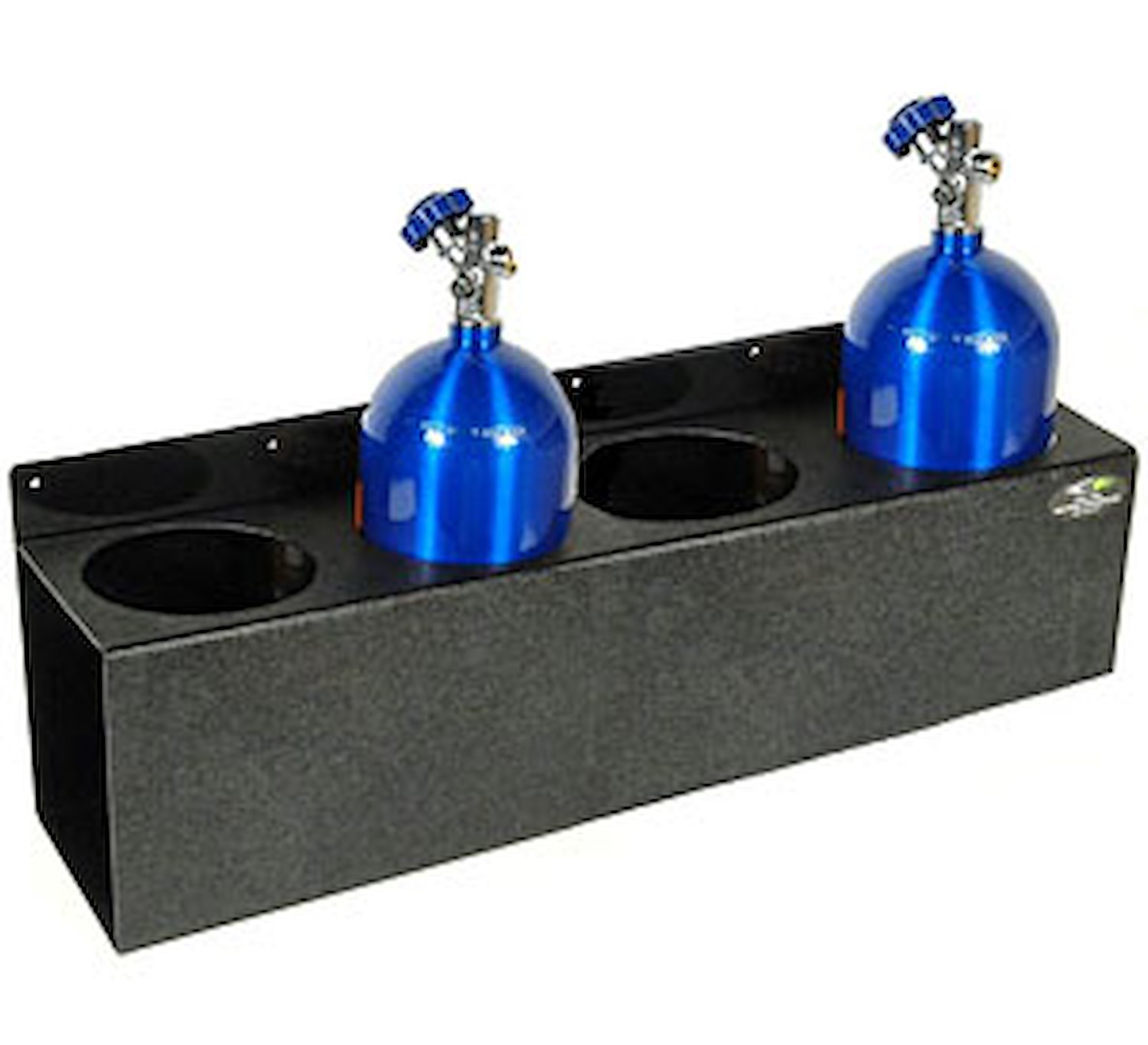Items You Need
| Ratings |
|---|
| Price |
| Brand |
Nitrous Bottle Racks
FAQ
Where is the best place to mount a nitrous bottle?
Choosing the optimal location for your nitrous bottle is crucial for both performance and safety. A specialized nitrous bottle holder for trailers, like our featured product, provides a secure and easily accessible mounting solution. It is designed to be mounted in a convenient yet secure location, ensuring that your nitrous bottle is readily available for use while maintaining a sleek and organized appearance on your trailer.
Where can I hide my nitrous bottle?
TC249 nitrous bottle holder offers a discreet and efficient solution for hiding your nitrous bottle. Designed to be easily concealed yet accessible, this nitrous bottle holder for trailers allows you to tuck away your nitrous bottle while maintaining a clean and uncluttered look. Whether mounted in a storage compartment or under the trailer, it provides a secure and hidden storage solution for your nitrous needs.
How long does 1 nitrous bottle last?
The duration a nitrous bottle lasts depends on factors such as usage, the size of the bottle, and the nitrous system's setup. Generally, a nitrous bottle contains a specific quantity of nitrous oxide (N2O), and its duration is calculated based on the system's flow rate. It's essential to refer to your nitrous system's specifications and monitor usage carefully to ensure optimal performance and timely refilling when needed.
What angle should a nitrous bottle be mounted?
The angle at which a nitrous bottle should be mounted is a critical consideration for proper function. Our nitrous bottle holder is designed to accommodate the ideal mounting angle, ensuring efficient nitrous delivery to your engine. Correct mounting angles vary by system, so it's important to refer to your nitrous kit's instructions or consult with a professional to achieve the recommended mounting angle for your specific nitrous system.
Specifications:
Motor Vehicles
WARNING: Motor vehicles contain fuel, oils and fluids, battery posts, terminals and related accessories which contain lead and lead compounds and other chemicals known to the State of California to cause cancer, birth defects and other reproductive harm. These chemicals are found in vehicles, vehicle parts and accessories, both new and as replacements. When being serviced, these vehicles generate used oil, waste fluids, grease, fumes and particulates, all known to the State of California to cause cancer, birth defects, and reproductive harm.
Tools:
WARNING: Some dust created by power sanding, sawing, grinding, drilling, and other construction activities contains chemicals known to the State of California to cause cancer and birth defects or other reproductive harm. Some examples of these chemicals are: lead from lead-based paints, crystalline silica from bricks and cement and other masonry products, and arsenic and chromium from chemically treated lumber. Your risk from exposure to these chemicals varies, depending on how often you do this type of work. To reduce your exposure, work in a well-ventilated area and with approved safety equipment, such as dust masks that are specially designed to filter out microscopic particles.
Electrical Cords
WARNING: The wires of these products contain chemicals known to the State of California to cause cancer and birth defects or other reproductive harm. Wash hands after handling.

